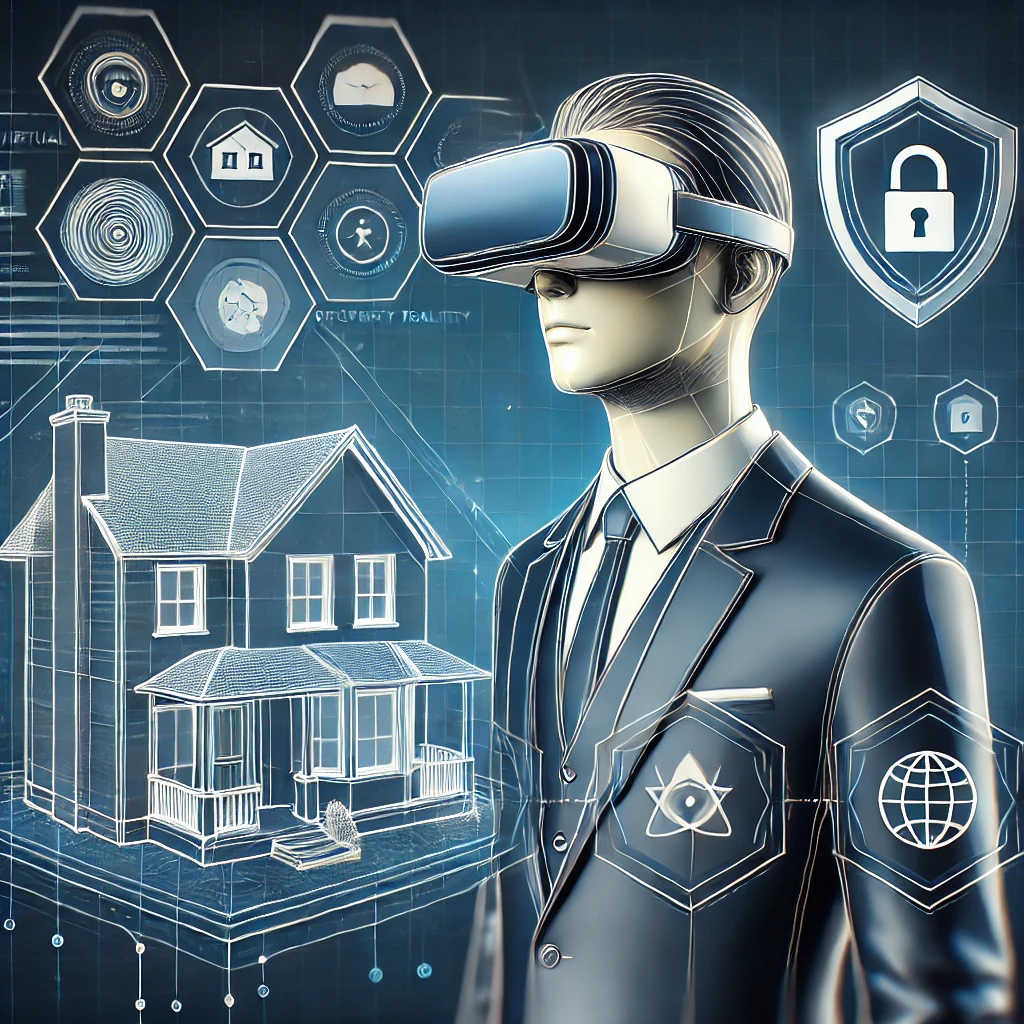
The real estate industry is at the cusp of a technological revolution. As both a realtor and a cybersecurity professional, I’ve witnessed firsthand the challenges that arise when balancing the convenience of prospective buyers with the privacy and routines of current occupants. The need for innovation is clear—and the solution lies in fully immersive, high-fidelity virtual reality (VR) tours.
The Problem: Disruptions and Limitations in Traditional Showings
In traditional property showings, current occupants face repeated interruptions as potential buyers cycle through their homes. While 3D tours from companies like Matterport and Zillow's 3D Home team offer a glimpse into properties, they often lack the depth, interactivity, and convenience that today’s buyers demand. Additionally, these technologies require specialized equipment and fail to provide a truly immersive experience.
The Vision: A Seamless, Immersive, and Accessible Experience
Imagine a platform where buyers can experience every detail of a property—nooks, crannies, and unique features—without ever setting foot inside. Fully immersive VR tours would allow buyers to explore homes at their convenience, even if they're halfway across the globe. Here's how this revolutionary approach could transform real estate:
- Minimized Disruptions: Current occupants could maintain their routines without the hassle of frequent in-person showings.
- Enhanced Accessibility: Buyers, regardless of location, could virtually visit properties as though they were physically present.
- Enhanced Accessibility: Buyers, regardless of location, could virtually visit properties as though they were physically present.
- The Benefits: Transforming the Experience for All Stakeholders
- For Listing Agents: These tours minimize scheduling hassles, reduce foot traffic, and allow agents to market properties with cutting-edge technology. Detailed analytics from VR platforms can refine sales strategies.
- For Buying Agents: Agents save time by focusing on serious buyers who have already explored properties online. They can even guide clients virtually, providing real-time insights during VR tours.
- For Sellers: Families maintain their routines with fewer disruptions and greater privacy. The quicker sales process also reduces the stress of keeping homes “show-ready.”
- For Buyers: Prospective buyers experience flexibility and convenience by touring properties anytime, anywhere, with greater engagement and a deeper understanding of each property.
- The Cybersecurity Angle: Safeguarding Data in Virtual Spaces
As immersive VR technology evolves, ensuring data protection and privacy becomes crucial. Property data must be securely stored, and controlled access is necessary to maintain occupant safety. Strong cybersecurity measures will be essential to building trust in this innovative real estate approach.
- A New Frontier: VR, AI, and Their Impact on Real Estate Costs
One intriguing question is how the integration of VR and AI could impact the cost of buying and selling properties. While VR technology may involve an initial investment, its potential to attract serious buyers, reduce time on the market, and eliminate unnecessary showings could offset these expenses. Additionally, AI-driven tools—such as virtual staging, personalized property recommendations, and predictive market analytics—could enhance marketing strategies, making the process more efficient and cost-effective for all parties.
- The Future: Collaboration and Innovation
The potential is immense, but it will require collaboration among real estate professionals, VR companies, and cybersecurity experts to bring this vision to life. I urge innovators and thought leaders in companies like Matterport, HoloBuilder, and emerging startups to explore the untapped possibilities of fully immersive VR in real estate.
Together, we can redefine how properties are bought and sold, making the process seamless, secure, and accessible to all.